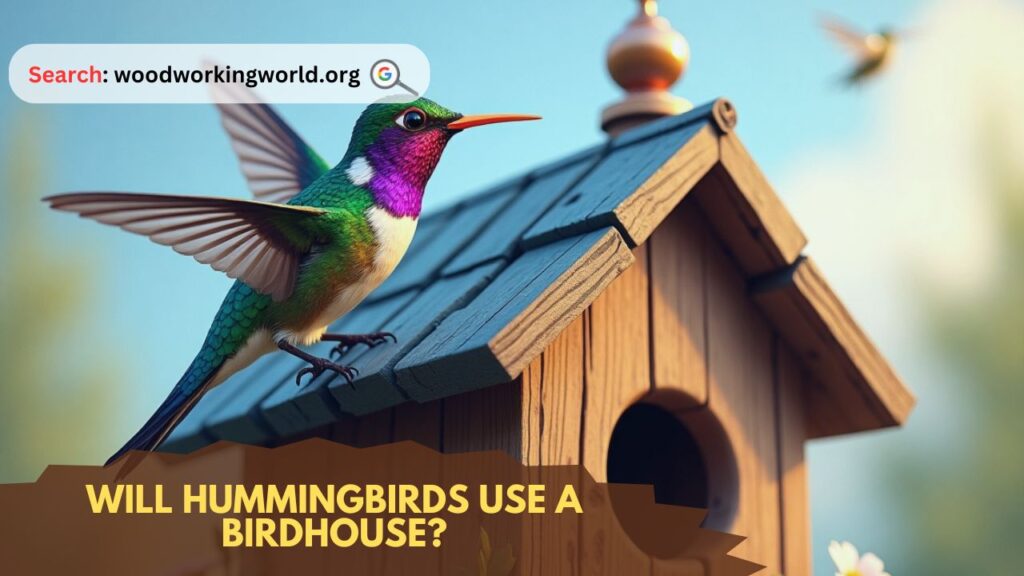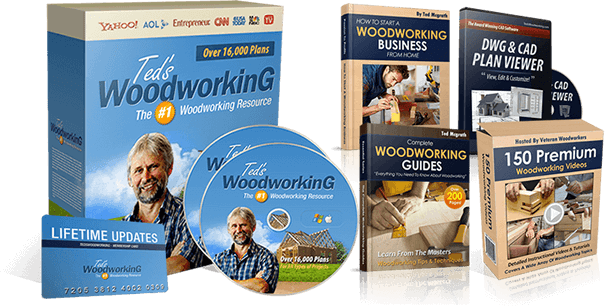Will Hummingbirds Use a Birdhouse?
Hummingbirds are fascinating creatures known for their vibrant colors and remarkable flying abilities. Many bird enthusiasts enjoy attracting these tiny birds to their gardens with feeders and flowering plants. However, a common question arises: Will hummingbirds use a birdhouse?
The short answer is that traditional birdhouses are not typically suitable for hummingbirds. Unlike cavity-nesting birds such as bluebirds or woodpeckers, hummingbirds prefer open and hidden nests. Still, there are ways to encourage these beautiful birds to nest in your yard by providing the right environment.

Why Traditional Birdhouses Don’t Work for Hummingbirds
Hummingbirds have unique nesting habits that make them different from other birds:
- Open Nesting Preferences: They build tiny, cup-shaped nests on slender branches, usually hidden by foliage.
- Nest Size: Hummingbird nests are very small, often no larger than a walnut.
- Cavity Aversion: Unlike cavity-nesting birds, hummingbirds do not seek out enclosed spaces like birdhouses.
Quote: “Hummingbirds are nature’s architects, choosing open and secure locations to build their delicate nests.”
Creating a Hummingbird-Friendly Environment
While traditional birdhouses may not work, there are several steps you can take to encourage hummingbirds to nest in your yard:
1. Provide Nesting Material
Hummingbirds use soft materials such as plant fibers, moss, and spider silk to build their nests.
- Hang bundles of natural fibers (like cotton or dandelion fluff) in trees.
- Avoid synthetic materials, as they can harm the birds.
2. Plant Native Flowers
Flowers are essential for attracting hummingbirds.
- Choose native plants with tubular flowers in bright colors like red, orange, and pink.
- Some great options include bee balm, trumpet vine, and columbine.
- Plant flowers in clusters for better visibility.
Pro Tip: Avoid using pesticides, as they can harm hummingbirds and their food sources.
3. Set Up Hummingbird Feeders
Feeders provide a consistent food source for hummingbirds.
- Use a mixture of 1 part sugar to 4 parts water. Do not add food coloring.
- Clean the feeder regularly to prevent mold.
- Hang feeders near flowering plants for a natural look.
Start Your Next Project With Teds’ Archive Of 16,000 Plans!
Instant access to all 16,000 woodworking plans with step-by-step details, photos, materials lists and more
Monthly free plans with lifetime membership access – No renewals, recurring fees or other charges


4. Provide Safe Perches
Hummingbirds need safe resting spots to survey their territory.
- Include thin branches and shrubs in your landscape.
- Avoid pruning too much foliage, as it provides essential cover.
5. Offer Shelter
While birdhouses may not work, you can provide alternative shelter.
- Place small, flat platforms near dense foliage for nesting.
- Install canopies or tree branches that protect from rain and wind.
Table: Hummingbird Nesting Tips at a Glance
| Tip | Description |
|---|---|
| Provide Nesting Material | Natural fibers like moss and spider silk |
| Plant Native Flowers | Tubular, brightly colored flowers |
| Set Up Feeders | Sugar-water mixture (1:4 ratio) |
| Safe Perches | Thin branches and shrubs |
| Offer Shelter | Platforms near dense foliage |
FAQs
1. Can I buy a special hummingbird birdhouse?
There are specialized products on the market marketed as “hummingbird houses,” but they are rarely successful. Focus on creating a natural environment instead.
2. Where do hummingbirds usually build their nests?
They prefer hidden spots on thin branches of trees and shrubs, often near a food source.
3. What time of year do hummingbirds nest?
Nesting season typically occurs in the spring and early summer when food sources are abundant.
4. How can I tell if a hummingbird is nesting nearby?
Look for tiny, well-camouflaged cup-shaped nests on branches and observe any frequent visits by a hummingbird.
5. Are there specific plants that hummingbirds prefer for nesting?
While they don’t nest directly on plants, having dense foliage and nearby flowering plants can make your yard more attractive to hummingbirds.
6. Is it okay to move a hummingbird nest?
No, it’s best to leave nests undisturbed, as hummingbirds are protective of their nesting sites.

Conclusion
While hummingbirds may not use traditional birdhouses, you can still encourage them to nest in your yard by creating a welcoming and safe environment. Provide natural nesting materials, plant native flowers, and offer plenty of shelter and perches. By understanding their unique nesting habits, you can enjoy the presence of these enchanting birds in your outdoor space.